Bananas are one of the most widely consumed fruits in the world — beloved for their natural sweetness, versatility, and health benefits. Growing your own banana plant is both rewarding and visually striking, as these towering, tropical plants bring a lush, exotic feel to any garden or backyard. But one essential question new growers often ask is: “How old should a banana plant be before harvesting?”
The timing of banana harvest is crucial for getting the best flavor, texture, and yield. In this detailed guide, we’ll explore the life cycle of a banana plant, how long it takes for bananas to ripen, the signs of harvest readiness, and tips for post-harvest care.
Understanding the Banana Plant’s Life Cycle
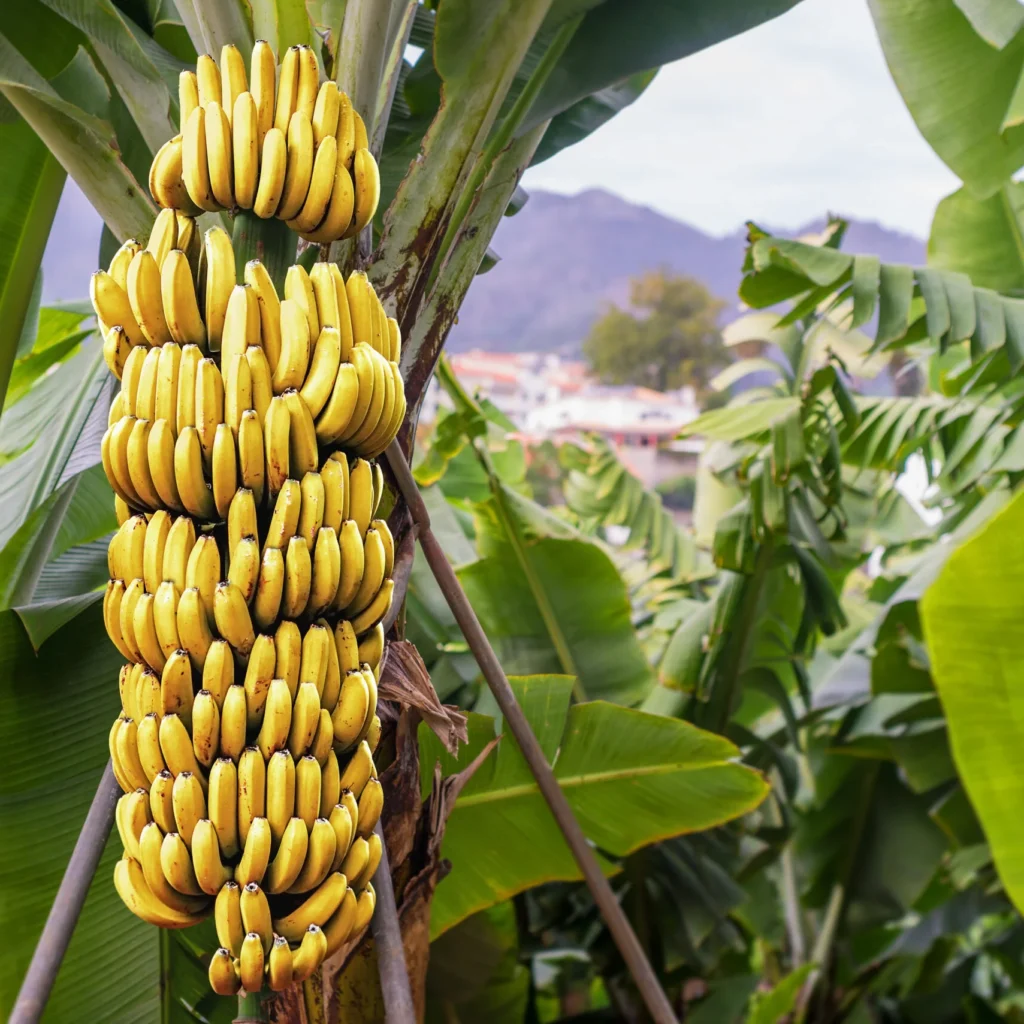
To determine when a banana plant is ready for harvest, it’s important first to understand its growth stages.
A banana plant is actually a giant herb, not a tree, with a fast-growing pseudostem made of tightly packed leaf sheaths. Most commonly cultivated species like Musa acuminata and Musa balbisiana thrive in warm, tropical, and subtropical climates.
Key Growth Stages:
- Planting a sucker or tissue culture plant
- Vegetative growth stage: 6–12 months (developing leaves and the pseudostem)
- Flowering stage: 9–15 months (depending on climate, soil, and care)
- Fruit development stage: 3–6 months after flowering
- Harvest stage
How Old Should a Banana Plant Be Before Harvesting?
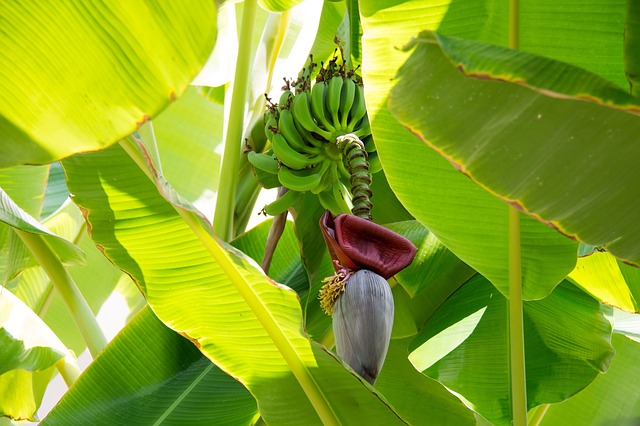
On average:
- Banana plants are typically ready for harvest between 12 and 18 months after planting.
- The exact age depends on environmental conditions, care, and variety.
In optimal tropical growing conditions, with warm temperatures, adequate sunlight, and consistent moisture, some banana varieties can produce fruit clusters as early as 9–12 months after planting. In cooler or less-than-ideal conditions, it might take up to 18–24 months.
Factors That Affect Banana Harvest Time
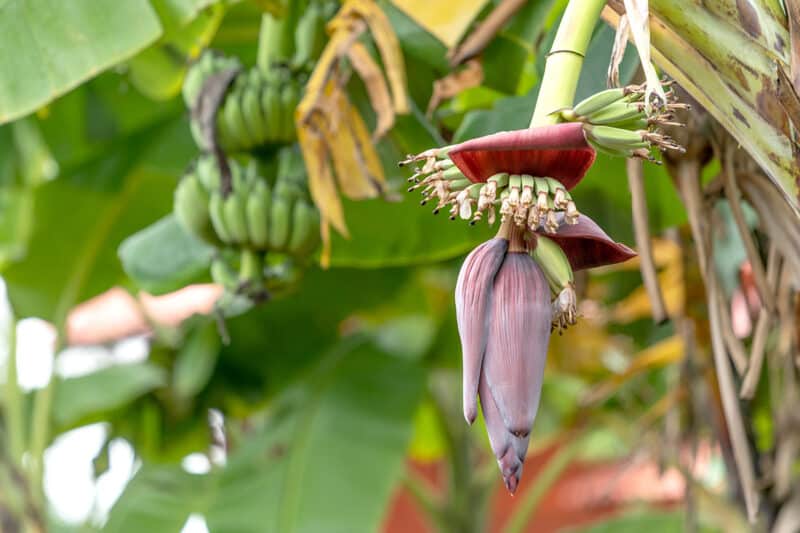
Several factors influence how soon a banana plant can be harvested:
1. Variety of Banana
Different banana cultivars have different growth and ripening times.
| Banana Variety | Approximate Harvest Age |
|---|---|
| Dwarf Cavendish | 9–12 months |
| Grand Nain | 12–14 months |
| Lady Finger (Sucrier) | 14–18 months |
| Apple Banana (Manzano) | 16–24 months |
2. Climate
Bananas grow fastest in warm, frost-free regions with consistent rainfall or irrigation.
- Ideal temperature: 78°F–86°F (25°C–30°C)
- In colder regions or during drought, growth slows, delaying harvest.
3. Soil and Fertility
Nutrient-rich, well-draining soil promotes faster growth.
- Regular fertilization with high-potassium fertilizer supports quicker fruiting and better quality.
4. Planting Method
- Tissue-cultured plants generally grow faster than suckers.
- Suckers from healthy, mature plants produce fruit sooner than those from weaker parent plants.
How to Know When Bananas Are Ready for Harvest
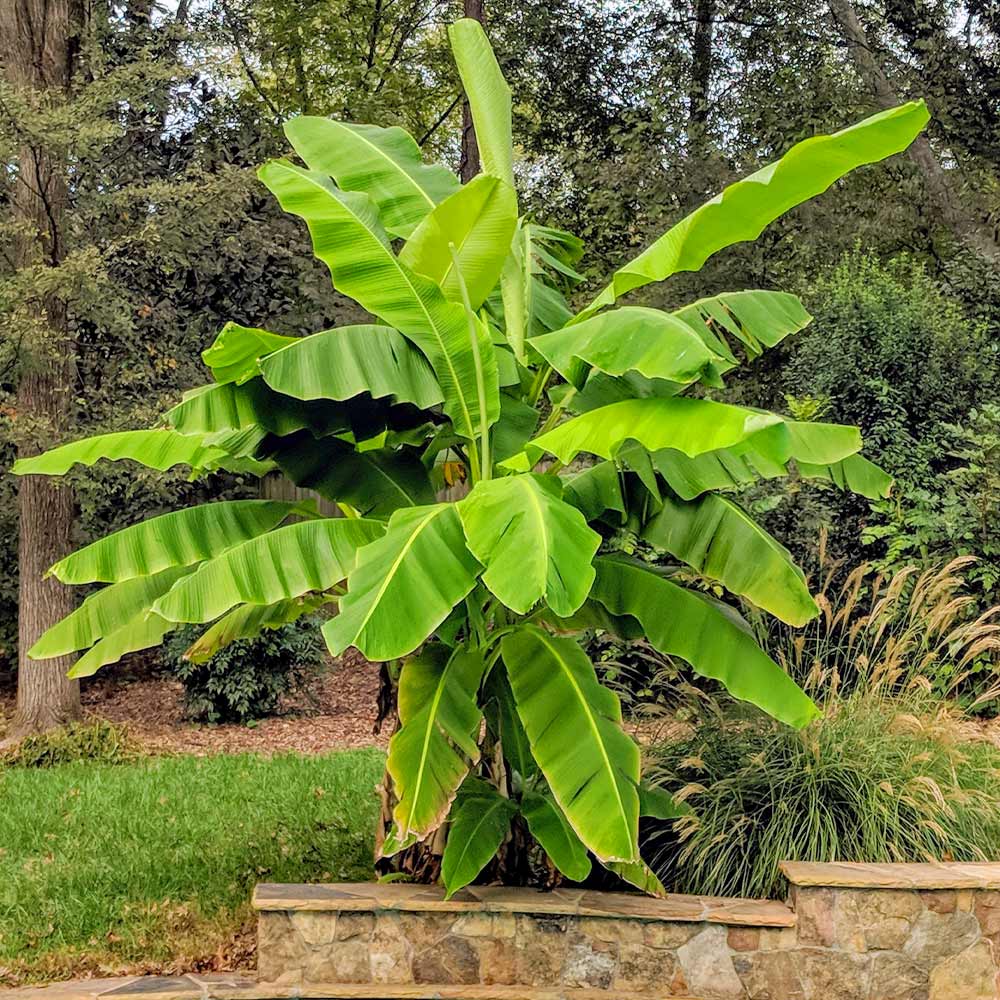
While the age of the plant is a helpful guideline, observing physical signs on the plant and fruit is essential for harvesting at the right moment.
Signs of Harvest Readiness:
- The fruit cluster (bunch) appears plump and well-rounded.
- Bananas transition from angular to more cylindrical as they mature.
- The edges of the bananas become less pronounced.
- The flower at the tip of the fruit (called a “style”) dries and falls off.
- The color lightens from dark green to pale green.
- The plant’s leaves may begin to yellow and die back naturally.
Note: In commercial and home-growing situations, bananas are typically harvested when still green and allowed to ripen off the plant to avoid damage from birds and animals and to extend shelf life.
Measuring Fruit Maturity
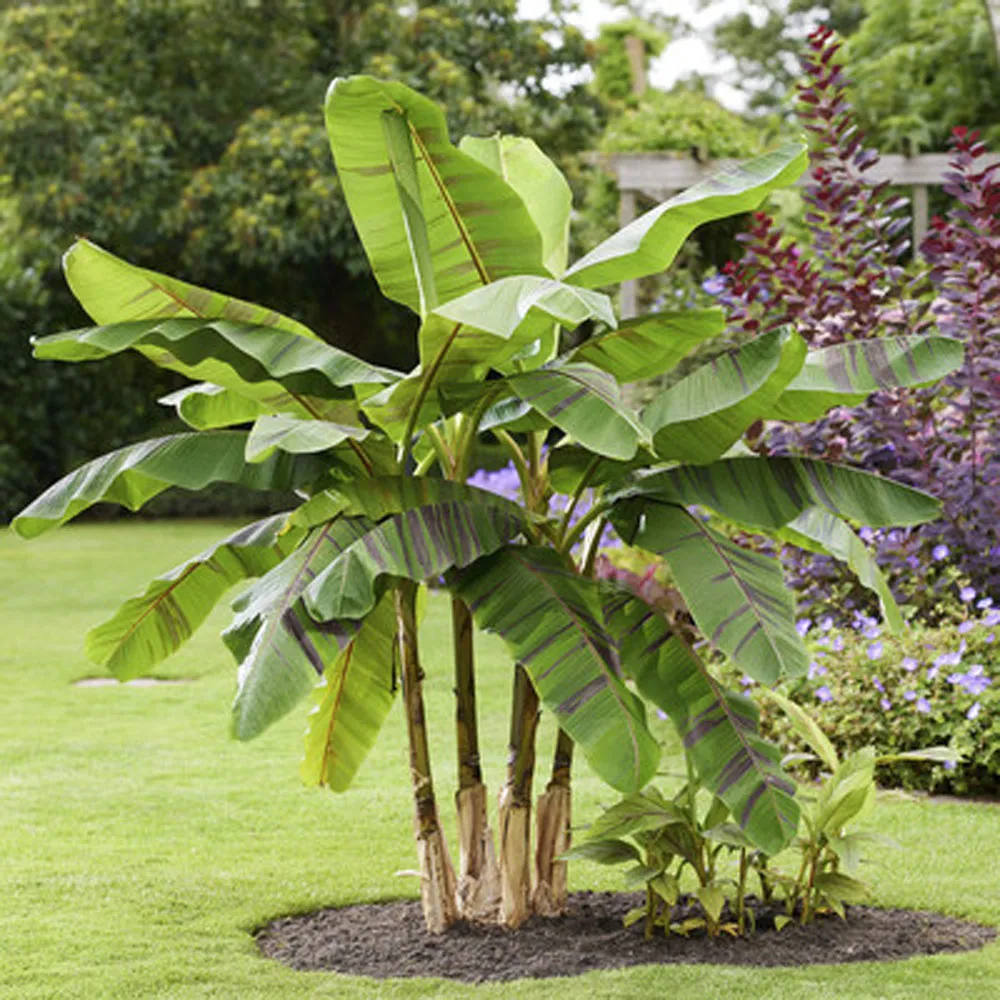
A reliable method used by experienced growers involves measuring the finger length and girth:
- Length: Most bananas reach harvest size when individual fruits are 6–8 inches long (depending on variety).
- Diameter: Bananas should feel full and rounded, not angular.
Another technique is the “days from flowering” method:
- On average, bananas mature 70–100 days after flowering.
How to Harvest Bananas Properly
Tools Needed:
- Sharp knife, machete, or pruning saw
- Gloves (as banana sap can stain)
Harvest Steps:
- Wait until bananas display harvest readiness signs.
- Cut down the entire bunch carefully from the plant at the stalk.
- Lower the bunch gently to avoid bruising the delicate fruit.
- Remove the fruiting stem (pseudostem) from the plant — each pseudostem produces fruit only once and dies back after harvest.
- Allow side suckers or pups to grow for the next generation.
Post-Harvest Care and Ripening
After harvesting, bananas need time to ripen naturally.
At home:
- Hang or lay the bunch in a cool, shaded, well-ventilated area.
- Separate fingers as needed to speed ripening.
- Place bananas in a brown paper bag with an apple or avocado to trigger ethylene gas release, which accelerates ripening.
Ripening duration:
- Typically 7–10 days after harvest at room temperature.
Propagating New Banana Plants
After harvesting, you can continue your banana patch by removing and planting healthy suckers (also known as pups).
Selecting a Good Sucker:
- 3–5 feet tall
- At least 4–6 inches in diameter at the base
- Free of pests or diseases
These pups will grow into the next generation of fruiting plants in 9–15 months under favorable conditions.
Common Mistakes to Avoid
| Mistake | Consequence |
|---|---|
| Harvesting too early | Stunted flavor, poor texture |
| Waiting too long to harvest | Overripe, splitting fruit, pest damage |
| Cutting individual fingers | Damages the bunch, leads to rot |
| Ignoring suckers after harvest | Misses opportunity for future crops |
Banana Growth and Harvest Timeline
| Stage | Timeframe |
|---|---|
| Planting | Month 0 |
| Flower emergence | 9–15 months after planting |
| Fruit development | 3–6 months after flowering |
| Harvest | 12–18 months after planting |
Conclusion
To summarize, the ideal age for harvesting a banana plant is typically between 12 and 18 months after planting, depending on the variety, climate, care, and growth conditions. Understanding the plant’s life cycle, recognizing harvest readiness signs, and following proper harvest techniques ensures the best flavor, texture, and yield.
With attentive care and a bit of patience, home gardeners can enjoy abundant bunches of fresh, delicious bananas while maintaining a thriving, self-sustaining banana patch for years to come. Whether you’re growing a few dwarf varieties in your backyard or cultivating a larger tropical garden, knowing when and how to harvest bananas is key to maximizing their flavor and value.





